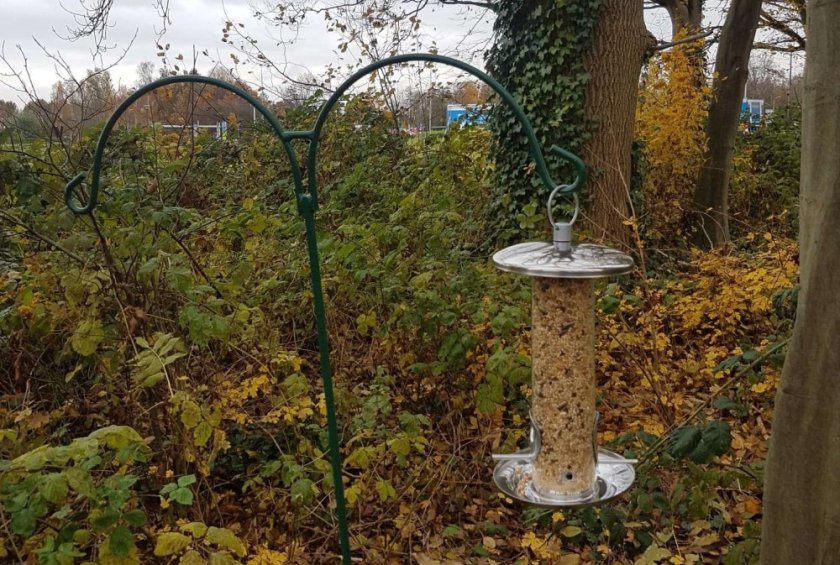
News
New network of bird nest boxes on Wageningen Campus
Over the last couple of months, staff and MSc students in the Resource Ecology Group, in collaboration members of the Behavioral Ecology Group and NIOO, have placed 100 nest boxes and 20 feeders around Wageningen Campus.
The nest boxes are designed mainly for great tits but can also be used by blue tits and other small birds. This network of boxes and feeders will be used in the coming years for purposes of research and education, and the network may be expanded.
Behavior of birds
One of the topics that will be investigated by students is the behavior of birds in relation to the built (i.e., “urban”) environment during breeding and non-breeding seasons. Questions include what factors attract and deter birds from certain nest boxes, feeders, and parts of campus. Plans are also in to works to investigate the parasites associated with abandoned nests and used boxes (i.e., after completion to the breeding season).
Oak processionary caterpillars
Because many of the small bird species that use these boxes also eat insects, including caterpillars, an area of applied research related to this type of nest box network is the biocontrol of oak processionary caterpillars. Great tits and blue tits feed on caterpillars in the early spring during their breeding seasons. Thus, the presence of these birds may help in reducing processionary caterpillar populations. If offering the birds additional nesting locations increases the abundance of these insectivores, then caterpillar populations may decline further. For these reasons, many of the nest boxes have been placed on or near oak trees where processionary caterpillars have been a problem in the past.

